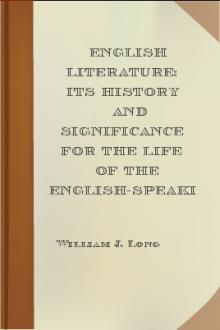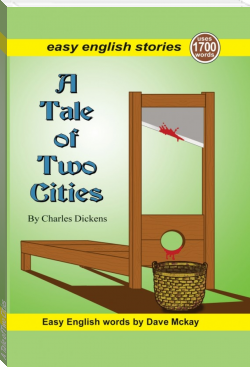English Literature: Its History and Significance for the Life of the English-Speaking World by William J. Long (good books for 8th graders txt) 📕

- Author: William J. Long
- Performer: -
Book online «English Literature: Its History and Significance for the Life of the English-Speaking World by William J. Long (good books for 8th graders txt) 📕». Author William J. Long
the delicate curvesof the shell reflect sounds and harmonies too faint to be otherwisenoticed. A hundred men may pass a hayfield and see only the sweaty toil andthe windrows of dried grass; but here is one who pauses by a Roumanianmeadow, where girls are making hay and singing as they work. He looksdeeper, sees truth and beauty where we see only dead grass, and he reflectswhat he sees in a little poem in which the hay tells its own story:
Yesterday's flowers am I,And I have drunk my last sweet draught of dew.Young maidens came and sang me to my death;The moon looks down and sees me in my shroud,The shroud of my last dew.Yesterday's flowers that are yet in meMust needs make way for all to-morrow's flowers.The maidens, too, that sang me to my deathMust even so make way for all the maidsThat are to come.And as my soul, so too their soul will beLaden with fragrance of the days gone by.The maidens that to-morrow come this wayWill
Free e-book «English Literature: Its History and Significance for the Life of the English-Speaking World by William J. Long (good books for 8th graders txt) 📕» - read online now
Similar e-books:





Comments (0)